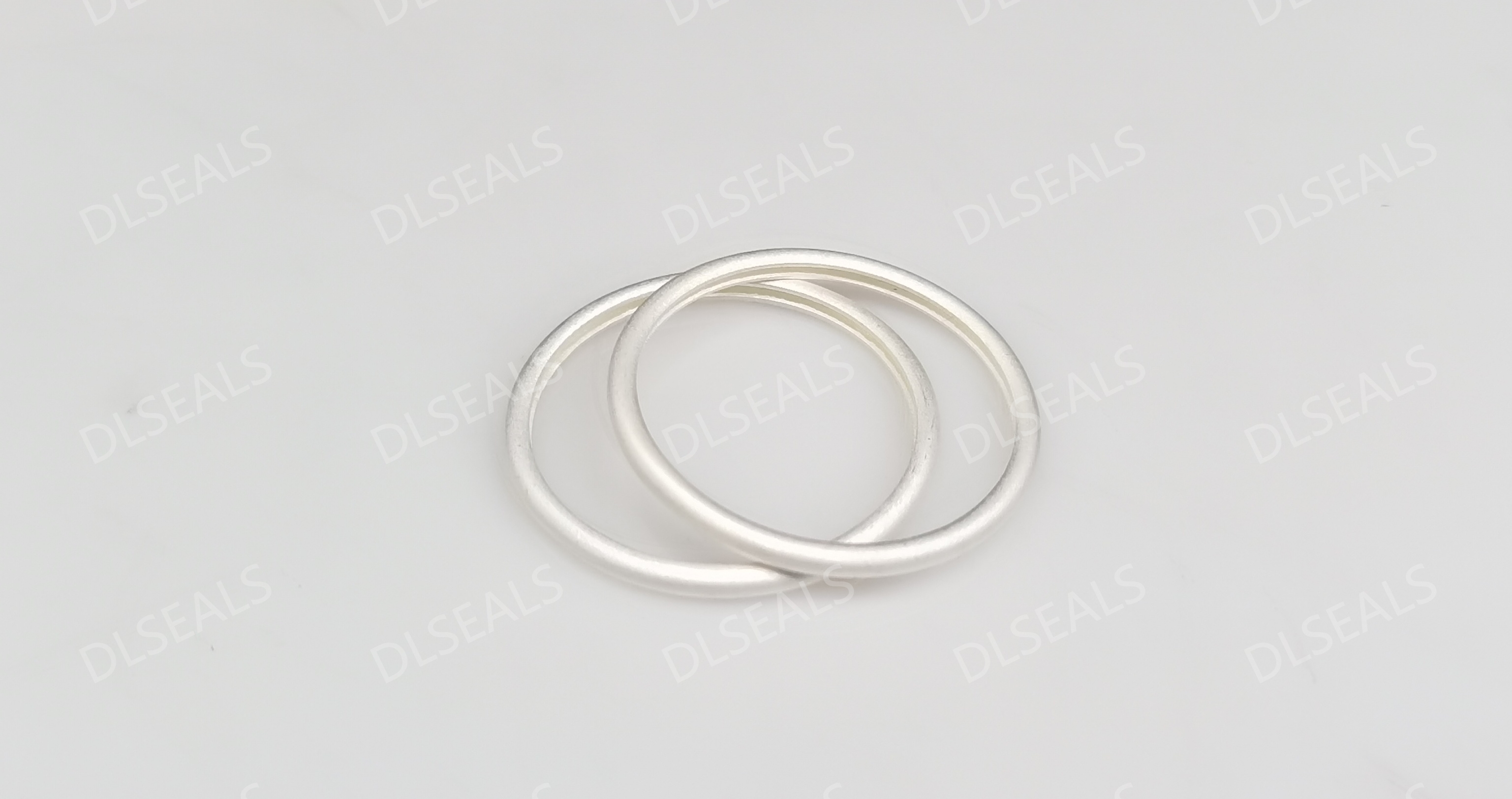
Metal O-rings perform well in high temperature, high pressure and corrosive environments, but they may still face failure problems in actual applications. Understanding the common failure causes of metal O-rings and their solutions can help improve the reliability of equipment and extend its service life. This article will explore the main failure modes of metal O-rings, the causes of these failures, and the corresponding solutions.
1. Main failure modes of metal O-rings
Leakage: The main function of the seal is to prevent leakage of the medium. Leakage may occur between the seal and the contact surface, causing fluid or gas leakage, which will affect the normal operation of the equipment.
Wear: Long-term use and movement may cause wear on the surface of the seal. Wear will cause the sealing effect to decrease or even fail completely.
Aging: Metal O-rings may age during long-term use. Aging will cause changes in the physical properties of metal materials and affect the sealing performance.
Corrosion: In a corrosive environment, metal O-rings may be corroded by chemical media, resulting in damage to the structure and performance of the seal.
Deformation: Due to improper installation or extreme working conditions, metal O-rings may deform, affecting their sealing effect.
2. Causes of failure
Improper design: If the design of the seal ring does not take into account the temperature, pressure and media characteristics in the actual application, it may lead to poor sealing effect or premature failure.
Improper material selection: Selecting unsuitable metal materials may affect the performance of the seal ring. For example, ordinary metal materials may not be able to withstand high temperatures or chemical corrosion.
Installation error: If the seal ring is squeezed, bent or twisted during installation, it will affect its normal operation. Incorrect installation methods may also cause poor fit between the seal ring and the contact surface.
Harsh working environment: High temperature, high pressure or corrosive environment will cause additional pressure on metal O-rings, exceeding their design tolerance.
Inadequate maintenance: Lack of regular inspection and maintenance may cause problems such as wear and corrosion of the seal ring, affecting the sealing performance.
3. Solution
Optimized design: In the design stage, fully consider the temperature, pressure and media characteristics in the working environment, and select the appropriate seal ring specifications and materials. Use computer simulation and finite element analysis technology to optimize the design.
Select the right material: Select the right metal material according to the specific application requirements. For example, use high temperature resistant alloys or corrosion resistant materials to cope with harsh environments.
Correct installation: Ensure that the seal meets the manufacturer’s specifications during installation, use appropriate tools and methods to avoid damage to the seal. Avoid squeezing, bending or uneven pressure.
Regular maintenance and inspection: Establish a regular maintenance plan to inspect the seal to promptly detect and address wear, corrosion or aging problems. Regularly replace damaged or aged seals.
Use protective measures: In harsh environments, additional protective measures such as coatings or external protective sleeves can be used to improve the durability and corrosion resistance of metal O-rings.
Train technicians: Train technicians to improve their ability to install, maintain and troubleshoot seals to reduce failures caused by improper operation.
Summary
The failure problem of metal O-rings can be solved through strategies such as optimized design, selection of appropriate materials, correct installation, regular maintenance, and protective measures. Understanding common failure modes and their causes will help take effective measures in practical applications to improve the performance and reliability of seals. Through scientific maintenance and management, equipment failures can be greatly reduced and the stable operation of the system can be ensured.
Post time: Sep-10-2024
